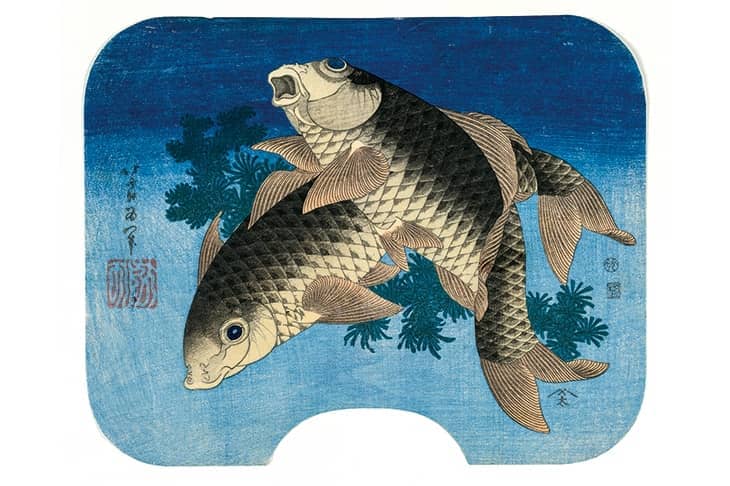All anglers are obsessive, but carp fishers are the most single-minded of all. They think nothing of spending weeks on the banks of a muddy lake or gravel pit, lines and breath baited, waiting for a bite. Ask an aficionado what motivates him and he’ll speak — with an intensity that sounds a lot like love — about the carp’s unrivalled cunning and fighting ability: its coquettish, crafty takes and its long, blistering runs. Most of all he will talk in awe about the sheer, meaty heft of these fish, of their unparalleled weight and girth.
Carp fishing is a particularly British obsession, which is surprising, as the species is a relative newcomer to our waters. In The Compleat Angler, first published in 1653, Izaak Walton described the carp as ‘the queen of rivers; a stately, a good, and a very subtil fish’, and asserted that the species had been brought to England only 100 or so years previously by one ‘Mr Mascal, a gentleman that then lived at Plumsted in Sussex, a county that abounds more with this fish than any in this nation’. (In fact it seems likely that carp arrived on these shores sometime in the 14th century.)
In Walton’s day carp were primarily for eating — their tolerance for poor quality water meant they could be easily bred in large stock ponds, often attached to monasteries — but these days it’s all catch and release. Carp are the prized target of course anglers, who treat them more as pets than as quarry. When a carp angler catches one he will lay it tenderly on a cushioned mat (pre-wetted so as not to damage the fish’s coating of protective slime) before delicately unhooking it. He will apply antiseptic salve to its lips, then pose for photographs, cradling his catch with all the pride of a new father.








Comments
Join the debate for just £1 a month
Be part of the conversation with other Spectator readers by getting your first three months for £3.
UNLOCK ACCESS Just £1 a monthAlready a subscriber? Log in